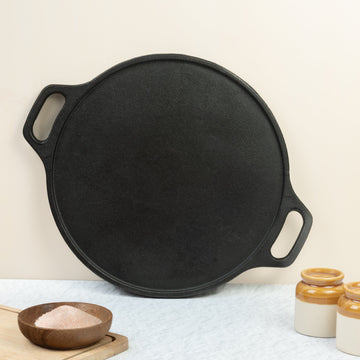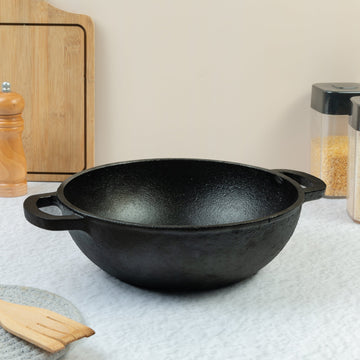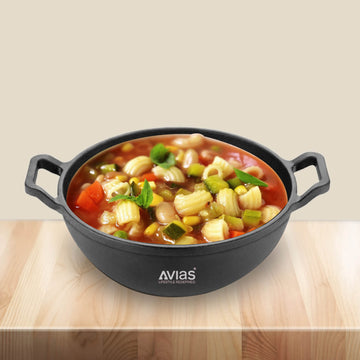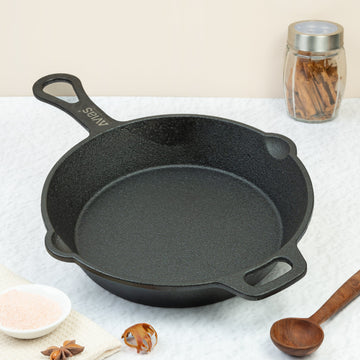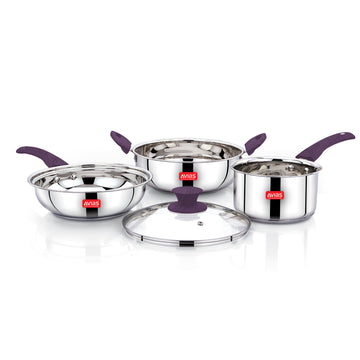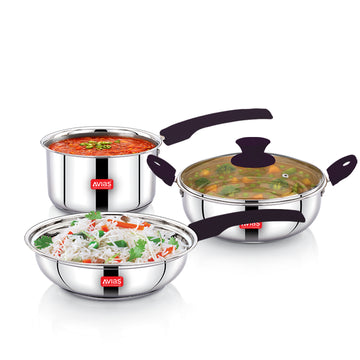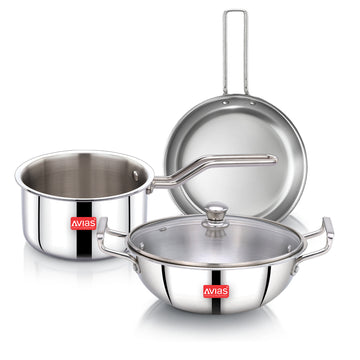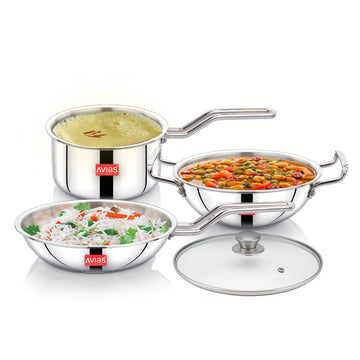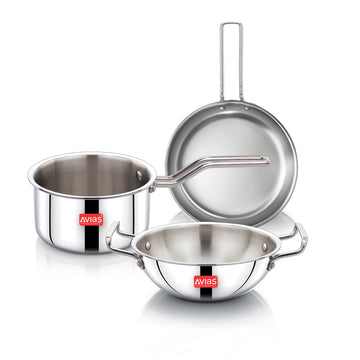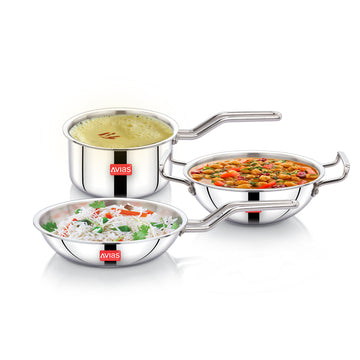The evolution of stainless steel cookware
Did you know that stainless steel cookware has undergone several evolutions since its invention in the early 20th century? Stainless steel cookware has evolved drastically over the years. From larger kitchen storage containers and pots to smaller saucepans, stainless steel has been an essential component in the kitchen for generations. Initially considered a luxury material, more and more households are now realizing the potential of investing in stainless steel cookware sets due to their superior quality, durability, versatility, low maintenance needs, and positive impact on your health and food. Not only do they last longer than other materials, such as non-stick pans and cast iron skillets, but they also handle heat better, making them ideal for everyday use and special occasions.
Furthermore, those looking to optimize their kitchen organization benefit from multiple container sizes that can fit virtually anywhere, providing ample food storage solutions. With this vast number of benefits available, it is no wonder why stainless steel cookware sets have become a staple item of modern kitchens everywhere.
Here are some of the major milestones in the evolution of stainless steel cookware:
1. Invention
Stainless steel was first invented in 1913 by Harry Brearley in Sheffield, England. Brearley discovered that adding around 12% chromium to steel could make it resistant to rust and corrosion, leading to the creation of the first stainless steel. He called it "rustless steel."
2. Introduction to cookware
In the 1930s, stainless steel began to be used to produce cookware. The French company De Buyer made the first stainless steel pots and pans. These early pots and pans were likely made from single-ply stainless steel, which led to uneven heat distribution.
3. Multi-layered construction
In the 1960s, manufacturers began using a multi-layered construction method for stainless steel cookware. This involves bonding multiple layers of metal together, such as tri-ply stainless steel and aluminum, to create a more even heat distribution. In the 1960s era, stainless steel cookware featured a classic mid-century modern design with clean lines, colorful options, and polished stainless steel.
4. Non-stick coatings
In the 1970s, stainless steel cookware was made with a simple and functional aesthetic because the focus was on durability and performance rather than exciting designs. Some manufacturers began adding non-stick coatings to stainless steel cookware. However, these coatings were often not durable and could easily scratch or peel if not maintained.
Also, manufacturers started making a wider variety of pots and pans for all types of cooking needs with heat-resistant handles or knobs.
5. Induction compatibility & More
In the 2000s, manufacturers began producing stainless steel cookware that was compatible with induction cooktops and improving heat distribution and cooking performance too. This involved adding a layer of magnetic material to the bottom of the cookware to enable it to work with induction technology. Made advancements in multi-ply construction with sleek and stylish designs for modern kitchens. Ergonomic designs for cool touch handles and lids that fit more securely.
6. Innovation in design
Today, manufacturers continue to innovate in the design of stainless steel cookware. Some of the latest advancements include ergonomic handles, glass lids, and stackable sets.
Overall, stainless steel cookware is considered to be a good option for maintaining the natural flavour of the food being cooked, making it a popular choice among home cooks and professional chefs alike due to its many benefits. Here are some reasons why stainless steel cookware is important:
Durability
Stainless steel is highly durable and can withstand high temperatures without warping or damaging the surface. It is also resistant to corrosion and rust, making it a long-lasting cookware option.
Non-reactive
Unlike other metals, stainless steel is non-reactive, which means it won't react with acidic ingredients like tomatoes or vinegar, and won't impart any metallic taste into the food.
Easy to clean
Stainless steel utensils are easy to clean and can be washed in a dishwasher without any concerns. It doesn't require special cleaning methods or harsh chemicals to maintain its appearance.
Versatile
Stainless steel cookware can be used on all cooktops including gas, electric, and induction, making it a versatile option for most kitchens.
Healthy cooking
Stainless steel cookware is an excellent option for healthy cooking, as it doesn't release harmful chemicals or toxins when exposed to high temperatures.
Aesthetically pleasing
Stainless steel cookware has a sleek and modern appearance that can complement any kitchen decor.
The impact of stainless steel on the taste of food can depend on the quality of the cookware and how it is used. Lower-quality stainless steel may have impurities or coatings that can affect the taste of food, and poorly constructed cookware may not heat evenly or retain heat well, impacting the cooking process and final taste.
To explore the premium quality stainless steel kitchenware, experience the cookware yourself.
Check out Avias World stainless steel shop and grab your favourite kitchenware products at unbeatable prices and quality.
Visit our other Kitchenware & Cookware Blogs and learn more about the best kitchen cookware sets. Choose the right kitchenware for you and your loved ones.
